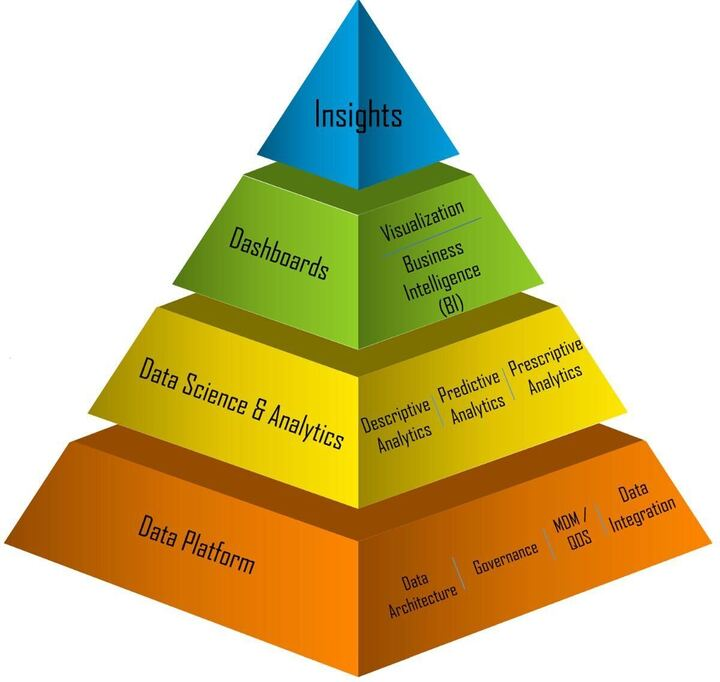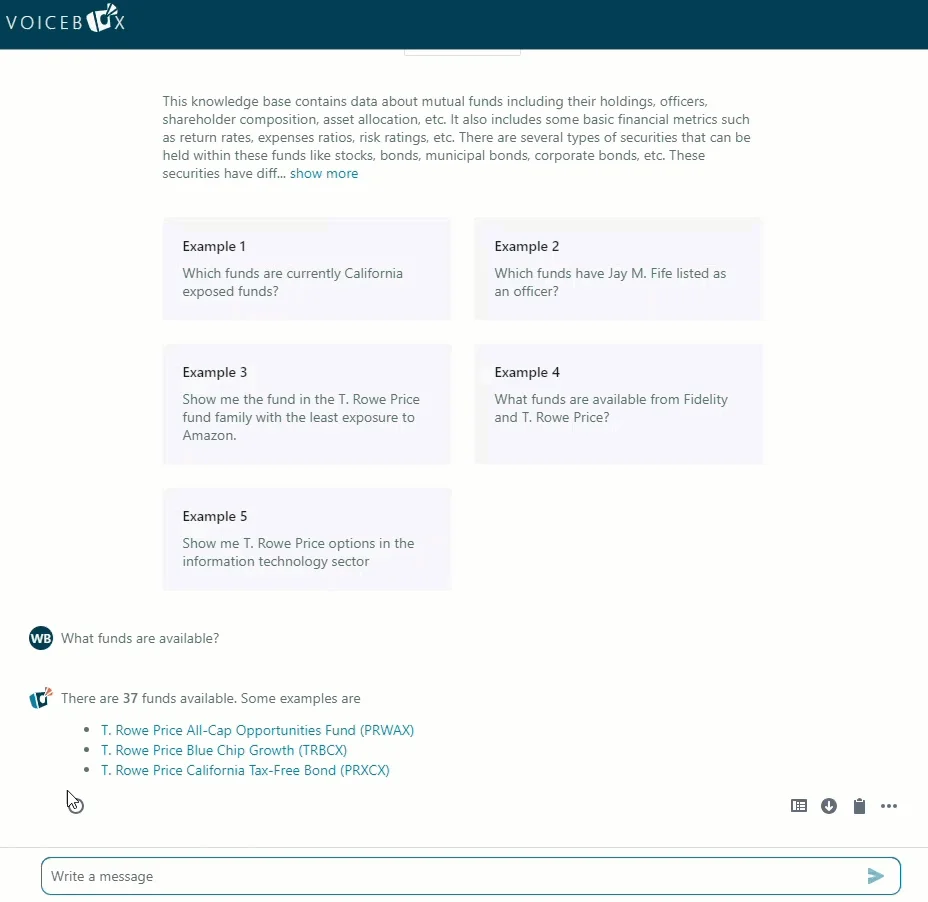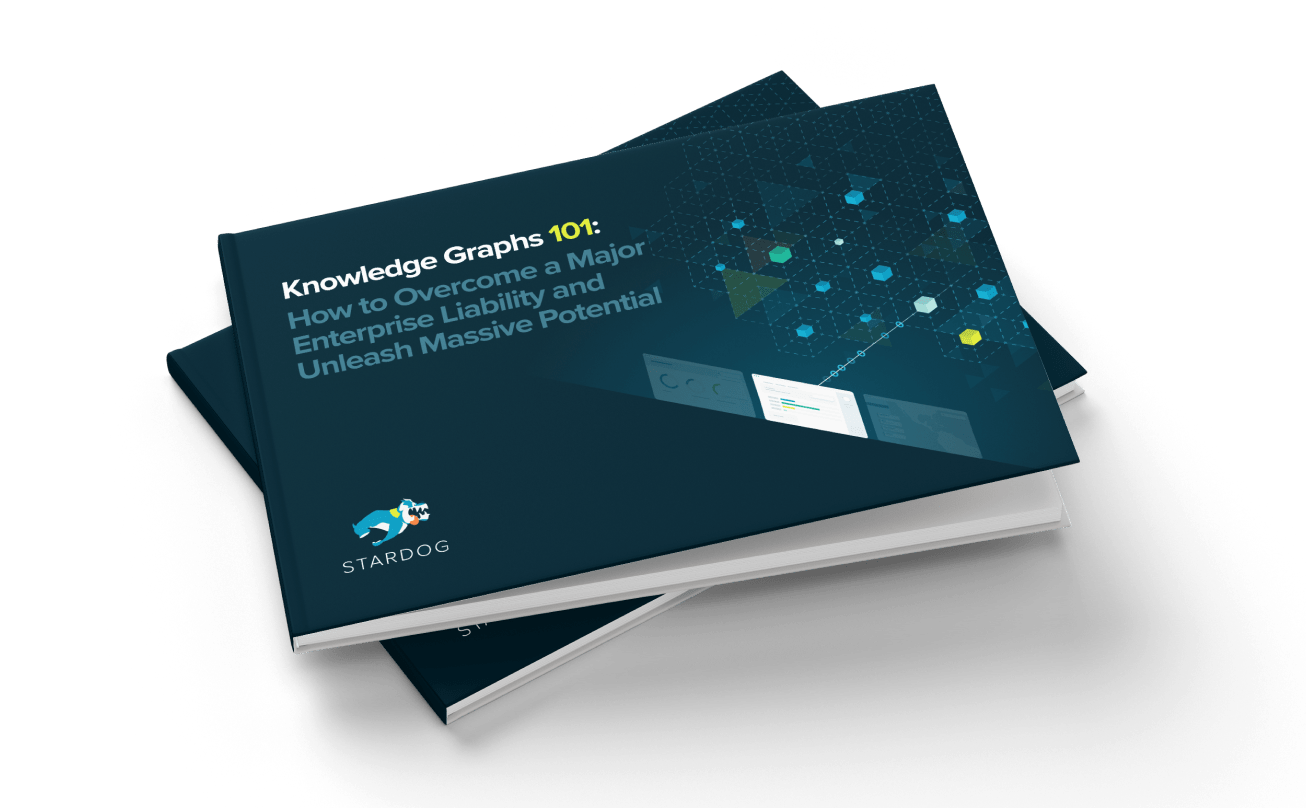Voicebox in the Sweet Spot

Get the latest in your inbox

Get the latest in your inbox
TLDR: Stardog Voicebox’s sweet spot, what it uniquely provides, is answers to needles-in-the-haystack and data path questions for everyone immediately, hallucination-free.
Stardog Voicebox is a fast, accurate, hallucination-free AI Data Assistant, which is similar to but different from a copilot or a chatbot. See my recent post—What is an AI Data Assistant? Sorting Out the AI Product Landscape—for a thorough discussion of the differences between chatbots, copilots, and AI assistants. As an AI Data Assistant, Voicebox provides actionable, immediate data access to knowledge workers, especially of high-stakes use cases in regulated industries, so that they can have aha! moments daily by interacting with the real data of their organization.
Before we discuss the Voicebox sweet spot—that is, the place where it’s unique differentiation can provide the most business value immediately—in detail, let’s take a brief detour into the problem facing us.
Aha! moments are always a result of new connections, first in the brain and then in the world, as our minds are the original “digital twin” of reality. And of course this is why people talk about and build knowledge graphs and not knowledge tables or knowledge key-value stores.
Graphs are all about connections and human minds are, too. People need contextualized, fast, accurate data access as raw fodder for our ability to make connections and achieve aha! And therein lies the problem, which has two parts—
Awareness of these two challenges is at an all-time high. Even better, awareness that GenAI-based systems can overcome these two challenges is surging, too.
This is the problem of most big enterprises that want to be but aren’t quite yet truly data-driven. This is also the problem that Stardog Voicebox was built to solve.
In fact I think that the green segment is about to be severely disrupted as people realize in the GenAI era that dashboards aren’t sources of new connections and, so, they aren’t mechanisms of aha! moments either.

Source: dzone.com
So while the green segment is here to stay, the roadmap for Voicebox is to link up the blue insight segment with the yellow data analytics segment directly, offering Voicebox users direct access not only to data but to insight-generation mechanisms native to Stardog, including—
Voicebox is an AI Data Assistant backed by an enterprise knowledge graph. While a knowledge graph can connect any kind of data—and its ability to handle data variety of the most extreme kind is key to its value prop—there is a sweet spot. Yes, you can compute high-dimensional data cubes with Stardog, but for the largest scale, that’s a workload best left to a relational data warehouse like Databricks or Snowflake.
The sweet spot for Stardog and thus for Voicebox is a different kind of workload with two parts—
Data warehouses compute statistical aggregates of data cubes, in-warehouse ELT and analytics (i.e., very $$), and after-the-fact reports along the well-understand, existing lines-of-business. When you think data warehouse, think dashboards and think Deming, again.
Most data warehouse projects never reach production, and those that do struggle at exploratory data analytics and insight generation. Data warehouses struggle to provide occasions for creative people to achieve aha! moments.
In fact, many relational virtualization plays, which are really best thought of as just-in-time data warehouses, don’t even support “point” queries or what I called earlier needle-in-haystack queries.
Some examples—
Perhaps a silly example, but not for the poor souls who had to drink flat beer at Wrigley Field on the Fourth of July!
You can see Stardog Voicebox handling these needle-in-haystack queries quite easily, simply in conversation with a business analyst who’s been tasked to fix the stale beer problem.

Other examples of needle-in-haystack queries, this time pulled from our forthcoming Stardog Voicebox Wealth Adviser solution hit closer to home—

What do baking a cake, driving to work, and managing a global supply chain all have in common? The answer to each question is a data path.
Think of a data path as a list of objects that are connected by arrows, all of which describes a pathway through some data landscape. For example—
Preheat the oven → Get eggs and milk from the fridge → Find the stand mixer → …
You get the idea. A recipe is a data path, but so, too, is a business process or directions to your aunt’s house, or lineage of funds flows through a multinational criminal organization, etc.
Not only can Voicebox provide instant access to a question like, which truck delivered stale beer to Wrigley Field, it can also answer questions the answers to which are paths through the data, even if the parts of that path reside in disconnected data silos.
Here you can see a complex data path that connects Wrigley Field to a beer truck, its anomalous sensor reading, the kind of beer that was affected—Munich Dunkel, delicious, but not when it’s flat!—and even to the skid it was delivered on. We could add further the driver of the truck, the next and previous stops on the delivery route, etc.

Actually, no, you can’t and here’s why—
Does that mean data warehouses aren’t in Voicebox’s sweet spot? No, not at all. In our data mesh approach data warehouses are just more siloed data that Stardog knowledge graph dynamically fuses into a coherent whole that’s accessible to any knowledge worker via Voicebox.
The Stardog Voicebox vision is to be the first platform for the industrialized production of insight. But it won’t be Voicebox which is creating value; it’s just an assistant. No, insight will be created by people who give a damn and who are empowered with an enabling data assistant. It will be Voicebox users who have the Aha! moments where insight is born. We live to serve the only source of value in the universe, creative engaged human minds!
How to Overcome a Major Enterprise Liability and Unleash Massive Potential
Download for free